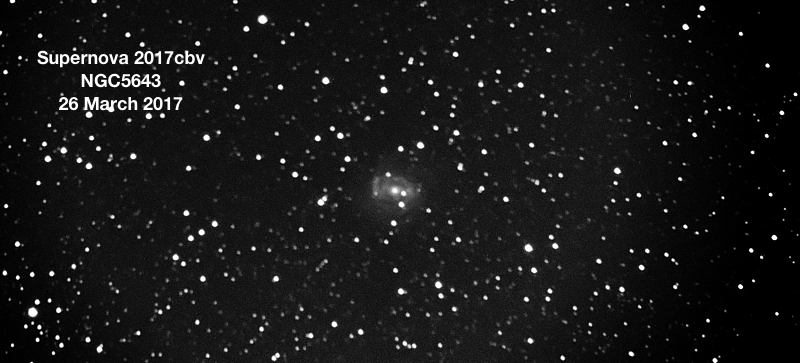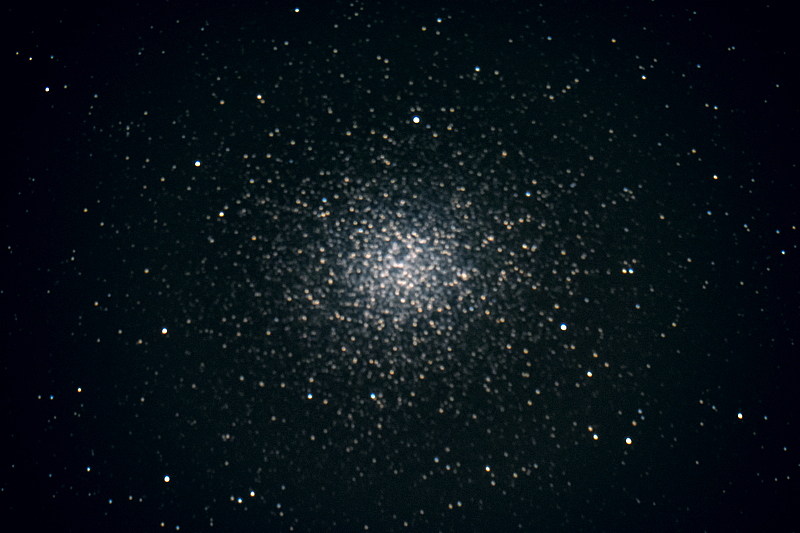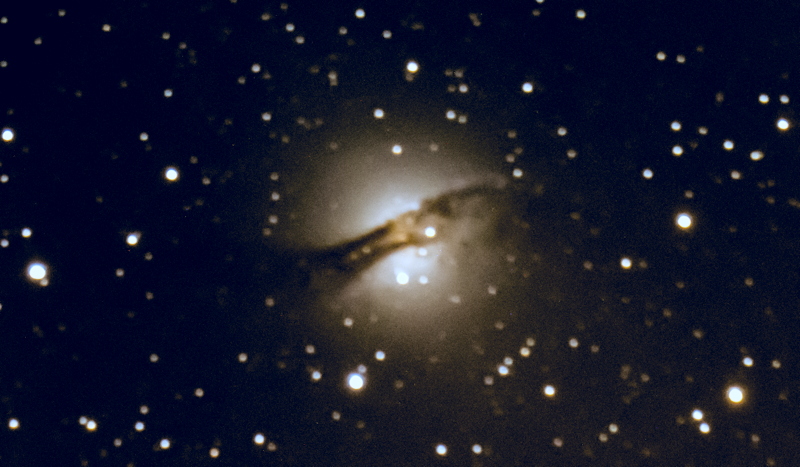Supernova 2017cbv in NGC5643 Galaxy,
Omega Centauri, Centaurus A
Posted: 26 March 2017
Saturday, 25 March 2017, began mostly cloudy but cleared by mid-day. However, the sky became overcast late in the afternoon along with strong winds. Sunday, 26 March, I woke up early and the sky had cleared. As Sky & Telescope had reported that supernova 2017cbv in the galaxy NGC5643 had risen to magnitude +11.5 I went to the observatory to try to image it.
|
Open: Sunday, 26 March 2017, 0154 MST Temperature: 53°F |
Session: 1091 Conditions: Clear |
Equipment Used:
12" f/8 LX600 w/StarLock
2" 24mm UWA eyepiece
Camera:
D7200 DSLR
0201 MST: LX600 ON, StarLock OFF, High Precision OFF.
First, I viewed Jupiter, 102X. Four moons were visible.
SYNCed the AutoStar on the star Spica. Then slewed to the galaxy NGC5643, very low in the southern sky. I believe that I saw supernova 2017cbv, but due to observing through a lot of muck low in the sky I could not be completely certain of the observation. The galaxy was faintly visible.
Then prepared the D7200 DSLR for imaging. Mounted the DSLR at prime focus + focal reducer, focused on the star Spica using the Bahtinov Mask, and locked the primary mirror.
0220 MST: slewed to NGC5643. StarLock ON. Autoguiding was surprising good for such a low elevation object. This is an autoguided 5 minutes, ISO 6400, White Balance 3570K image:
NGC5643 Supernova 2017cbv

Mouseover or tap on image for label
Since part of the constellation of Centaurus was visible I decided to image the globular cluster Omega Centauri and the galaxy Centaurus A, both very low in the southern sky. Omega Centauri is an autoguided 1 minute, ISO 1600, WB 3570K exposure and Centaurus A is an autoguided 5 minutes, ISO 6400, WB 3570K exposure.
Omega Centauri

Centaurus A

0254 MST: ended imaging. StarLock OFF.
I used the 12x50 binoculars to view Jupiter (three moons visible), Omega Centauri globular cluster, Saturn (ring barely visible), and some sights along the Milky Way.
Next, I used the 12" telescope to view Centaurus A (galaxy) and then Omega Centauri (globular cluster), 102X. The last object viewed was Saturn, 102X. It was too low in the southeastern sky, but I was able to see Cassini Division, some cloud bands, and four moons.
I then began closing up. 0310 MST: LX600 OFF.
|
Close: Sunday, 26 March 2017, 0321 MST Temperature: 50°F |
Session Length: 1h 27m Conditions: Clear |
As I was leaving the observatory I saw a very bright meteor in the northern sky heading towards the constellation of Cassiopeia. It was brighter than Jupiter.
Comments are welcome using Email. Twitter users can use the button below to tweet this report to your followers. Thanks.
Cassiopeia Observatory Home Page
Copyright ©2017 Michael L. Weasner / mweasner@me.com
URL = http://www.weasner.com/co/Reports/2017/03/26/index.html
